1. When they elected a Beer Queen
Actually, this one has taken place every year since 2009 in Bavaria: would-be Queens are quizzed on their knowledge of beer and must also take part in a taste test. Prost!
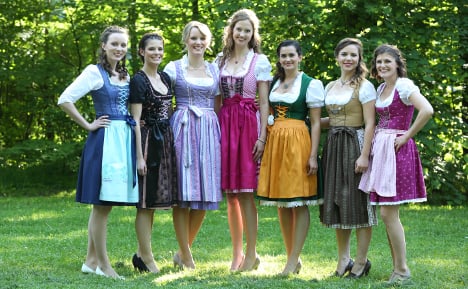
Photo: DPA
2. When Merkel went for a beer instead of watching the fall of the Berlin Wall
What do you do when history is being made? If you're future Chancellor Angela Merkel, the answer's obvious: have a pint.
The Chancellor has said that, aged 35, when she heard the announcement of the fall on television, she did wonder about going along to watch.
“But it was Thursday, and Thursday was my sauna day so that's where I went,” she told foreign reporters, adding that she then went for a beer with a friend before getting swept up in the crowds pouring through from the West – and joining them for yet more beers.
3. When a 94-year-old broke out of hospital for a birthday beer
The pensioner still had the IV drip in his hand, so determined was he to celebrate his birthday at a local beer hall.
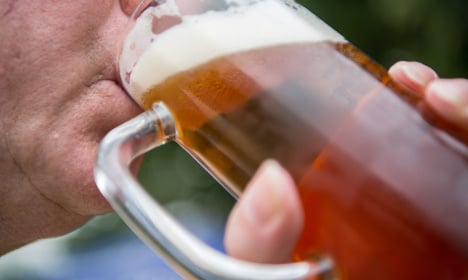
Photo: DPA
4. When Munich celebrated Lent by cracking open the extra strong beer
For most, Lent is a time for abstinence, but almost nothing can convince Germans to give up their beers.
In fact, in Munich it has become tradition to instead brew extra strong Starkbier, with the more potent varieties hitting supermarket shelves. Read more on the tradition here.
5. When they declared their beer purity law worthy of Unesco World Heritage status
The law guaranteeing high quality of beer is over 500 years old, and has been submitted for Unesco World Heritage status not once, but twice.
6. When students worked out a way to get their caffeine fix through beer
A group of students came up with the perfect solution for those times when you need the caffeine hit from coffee, but also the sheer pleasure that only comes from beer.
“We are not trying to save the world,” one of them modestly said.
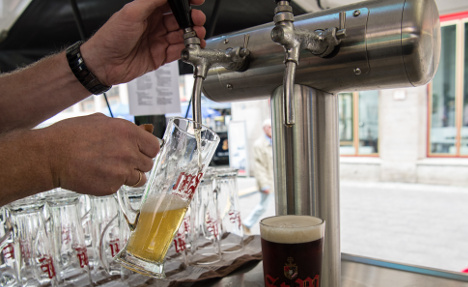
Photo: DPA
7. When they declared beer to be just as good as therapy
No, this statement didn't come from the advertising department of a brewery or one of the Germans propping up the bar of their local beer hall, but from one of the country's top healthcare officials. He said that many people's problems could be best solved with a bottle of beer.
8. When firefighters were brought in to rescue someone's stash of beer
When two friends stepped off a train for a smoke break, they were distraught to see the train pull away without them.
But they weren't bothered about being delayed in reaching their destination – they'd left a bag of beers on board. In their distress, they set off the emergency alarm, calling firefighters to the scene.
9. When German firefighters built a fire truck out of beer crates
This was definitely an earnest attempt to win a Guinness World Record, and not an excuse to drink a lot of beer.
Proof that in Germany beer is not just something you drink in order to get drunk, but an important part of many people's social lives: parents were not pleased when children were barred from a local beer garden.

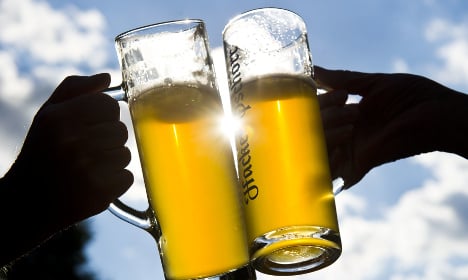
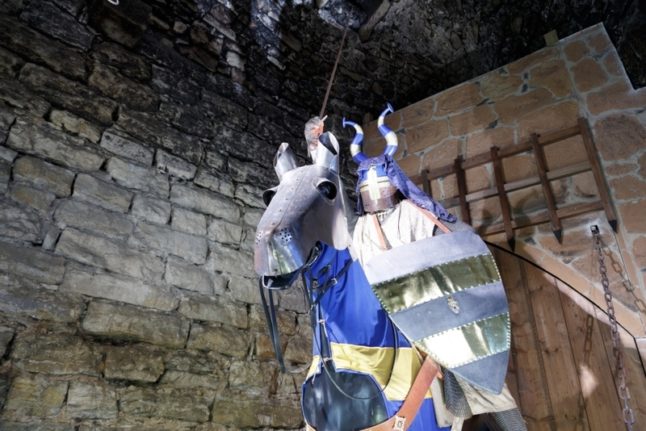
 Please whitelist us to continue reading.
Please whitelist us to continue reading.
Member comments